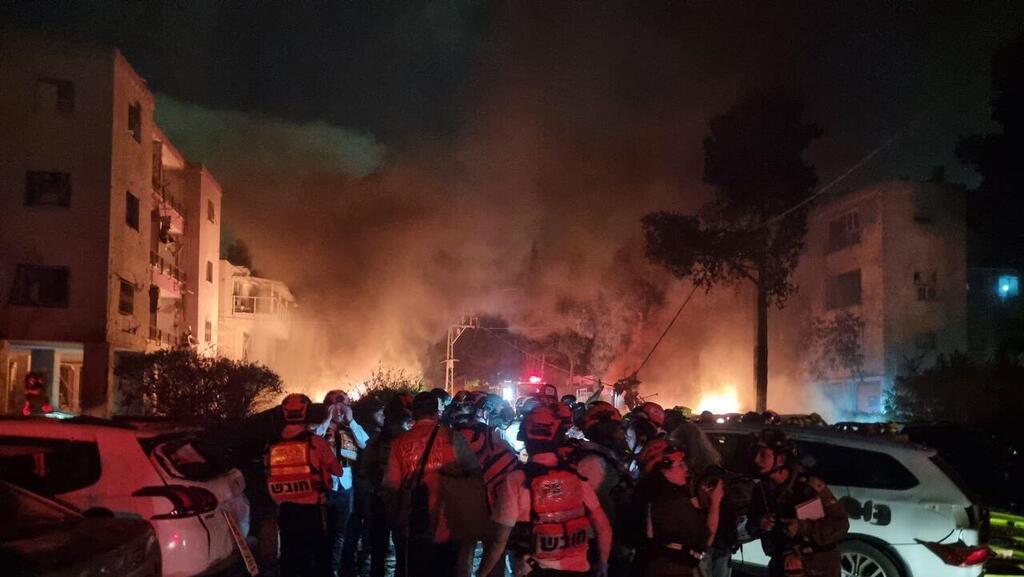
Economy under fire: Israel’s fiscal future hinges on war’s endgame
Defense costs soar while economists brace for slowed growth and widening deficits.
Since the early hours of Friday morning, senior economic officials in the government and at the Bank of Israel have conveyed three core messages:
- We were prepared for this attack, both in terms of ensuring functional continuity and crafting a compensation framework.
- We are also prepared for more severe and prolonged scenarios.
- It is too early to predict the full economic impact of the attack. For now, the effects are entirely dependent on the security situation, and all our models remain internal.
These messages are relatively basic. What’s missing is a more detailed and transparent briefing that involves the public in understanding the different scenarios, dilemmas, and uncertainties. The Bank of Israel took a small step in this direction by announcing it had convened the "Financial Stability Committee", the first time the bank has ever publicly disclosed such a meeting, including after October 7. This suggests a growing recognition that the Israeli public is mature enough to handle complex and evolving economic assessments.
While it’s true that it's too early to fully gauge the economic fallout from the current conflict, two conclusions can already be drawn with reasonable certainty:
- The markets continue to place significant confidence in Israel’s military strength.
- The 2025 budget, and likely the 2026 budget as well, will be materially impacted.
Let’s start with the first, more reassuring point. Israel Securities Authority chairman Seffy Zinger has previously spoken about the dramatic decision to reopen the stock exchange on October 8, 2023. This time, the decision was more straightforward. The Israeli stock exchange initially saw moderate declines, followed by gains. Similarly, Israel’s risk premium - as measured by CDS prices - rose from 96 basis points on the eve of the attack to 110 on Friday, and above 120 on Sunday. That is elevated compared to recent weeks but significantly below the 150-point peak seen during October 2024, amid heightened tensions with Iran.
In short, Israel’s opening strike on Iran, and its defense in the face of Iranian retaliation, sent a message of overwhelming military and technological superiority. That, along with the economy’s ability to function under fire, helped calm market nerves.
Even the major international rating agencies - S&P, Fitch, and Moody’s - have not rushed to downgrade Israel’s credit rating or issue investor warnings. This is notable, given that all three have previously warned that an escalation with Iran could prompt downgrades. Their restraint reflects the fact that, while the human cost on the Israeli home front is significant, no major civilian infrastructure has been damaged so far, and the long-term trajectory of this conflict remains unclear.
However, Israel’s relative military dominance over Iran does not make it immune to economic damage. We saw this with Hamas, a much weaker enemy, which managed to inflict profound human and economic costs. The second, less comforting, point is that war is expensive. The highest cost is human life, but the economic burden is also substantial.
The immediate costs include a sharp rise in government spending, on military reserves, weapons, and compensation for damages. This means the 2025 budget will need to be reopened and expanded. Tax revenues may also fall if the conflict drags on, leading to a growing deficit. If civilian restrictions persist, GDP growth, currently projected at 3.5% for 2025, will likely decline.
On that note, Israel’s economic policymakers may soon face a familiar dilemma from the COVID-19 era: whether to push back against the defense or health establishments in order to reopen the labor market. Economists typically avoid such conflicts, but if restrictions aren’t eased and the economy doesn’t return to full capacity, the fiscal damage could be deep. It is possible to envision models that allow for high levels of security while maintaining economic activity, but this won’t happen without determined pressure from economic leaders.
There is hope in the Israeli establishment that this conflict will dramatically shift the regional balance of power in Israel’s favor, reducing long-term defense expenditures, lowering Israel’s risk premium, and increasing foreign investment.
But this is only one scenario. The Gaza experience is a cautionary tale: military victory there led not to lower defense spending, but to increased costs associated with maintaining military control.
In other words, Israel’s war with Iran may not lead to a “peace dividend,” but to further budgetary strain.
Ultimately, how and when the war ends will shape not just Israel’s economy and fiscal policy in the years to come, but also the daily lives of its citizens.














